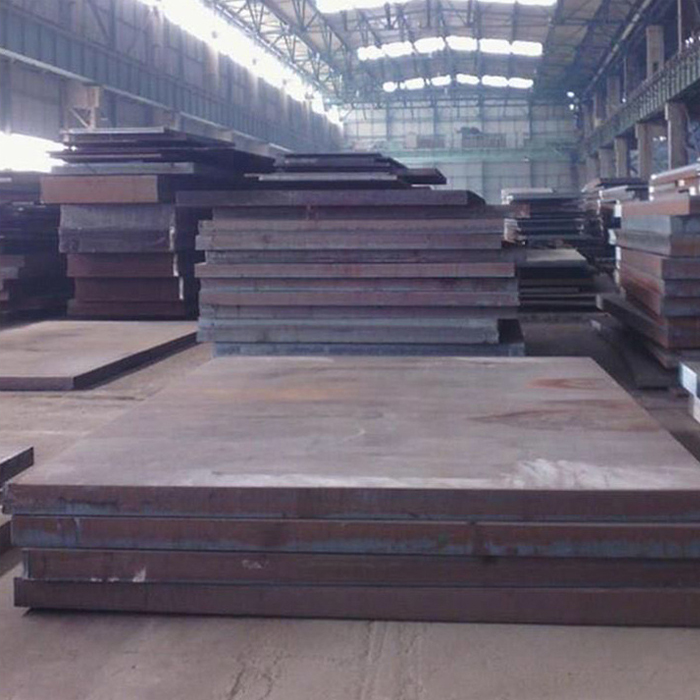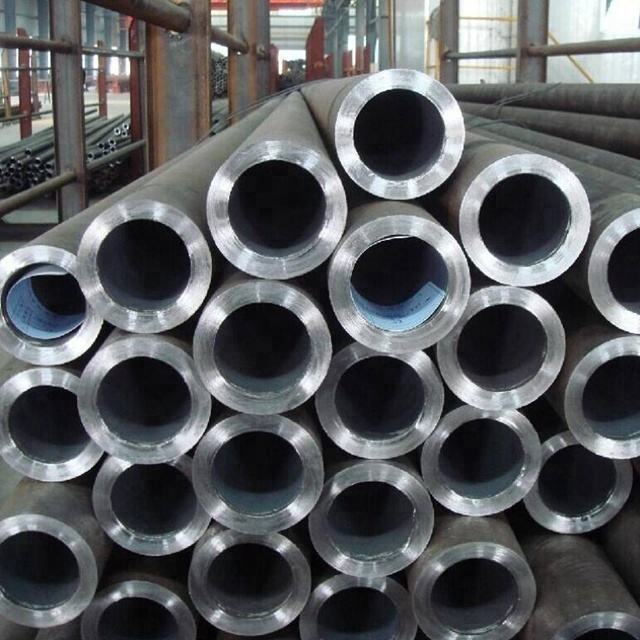Alloy steel is steel in which other alloying elements are added in addition to iron and carbon, which is called alloy steel. An iron-carbon alloy formed by adding an appropriate amount of one or more alloying elements to ordinary carbon steel. Depending on the added elements and appropriate processing techniques, special properties such as high strength, high toughness, wear resistance, corrosion resistance, low temperature resistance, high temperature resistance, and non-magnetic properties can be obtained.

Classification of alloy steel
1. According to the content of alloy elements
1) Low alloy steel with a total alloying element content of less than or equal to 5%;
2) Medium alloy steel, the total alloy element content is between 5% and 10%;
3) High alloy steel with a total alloying element content of greater than or equal to 10%;
2. According to the types of alloy elements
There are chromium steel, manganese steel, chromium-manganese steel, chromium-nickel steel, chromium-nickel-molybdenum steel, silicon-manganese-molybdenum-vanadium steel, etc.
3. According to main uses
(1) Structural steel
1) Structural steel for construction and engineering
2) Structural steel for machinery manufacturing
(2) Tool steel
(3) Special performance steel

There are many types of alloy steel. They are usually divided into low alloy steel (content <5%), medium alloy steel (content 5% ~ 10%), and high alloy steel (content >10%) according to the content of alloy elements; they are divided into high quality according to quality. Alloy steel, special alloy steel; according to characteristics and uses, it is divided into alloy structural steel, stainless steel, acid-resistant steel, wear-resistant steel, heat-resistant steel, alloy tool steel, rolling bearing steel, alloy spring steel and special performance steel (such as soft magnetic steel , permanent magnet steel, non-magnetic steel), etc.
Post time: Oct-27-2023